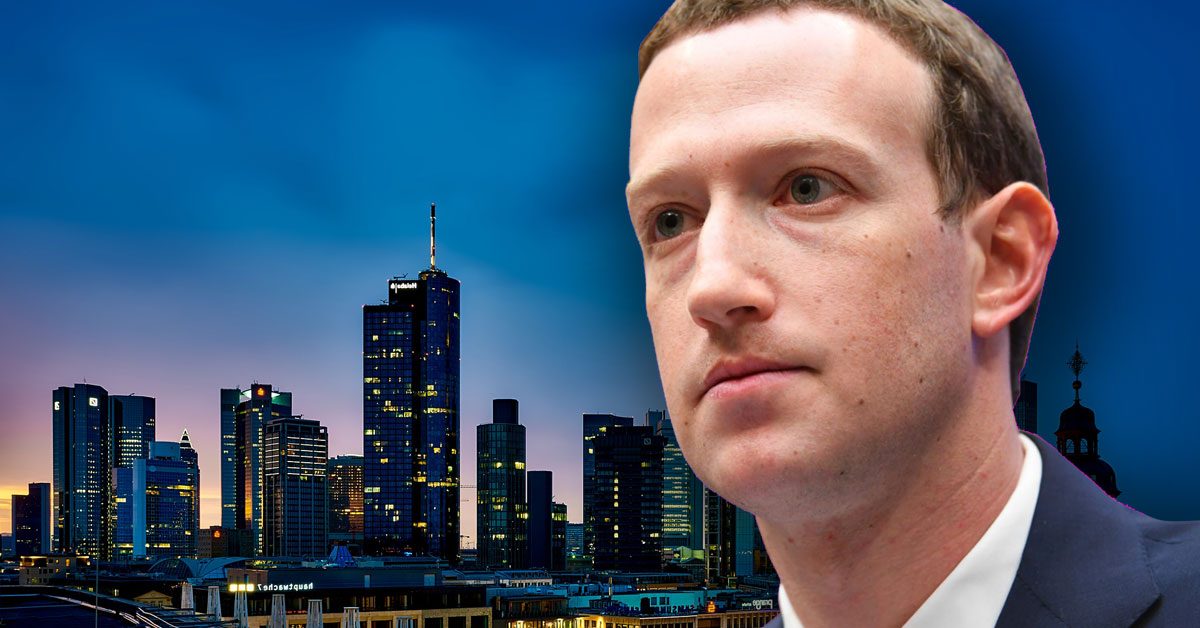by Anees Mueller
July 12, 2022When a retailer is big enough to create its own holiday, it has a ripple effect.
Amazon Prime Day, taking place July 12 and 13 this year, isn’t only unique for its online deals, but for its specials and sales happening independently from any established holiday. This isn’t the Labor Day White Sale or the President’s Day Mega Mattress Event. Amazon doesn’t need to associate with a holiday in your mind because Amazon is always on your mind.
If you are skeptical about this, consider that according to RetailMeNot, 88% of Americans plan to participate in Amazon Prime Day this year. And 47% say that on Prime Day they will pull the trigger on their biggest purchases they will make this year.
How Did it Begin?
The first Amazon Prime Day was created in 2015 to celebrate the 20th anniversary of Amazon Prime. Lasting 24 hours, the event offered special deals to members in nine countries: the United States, United Kingdom, Spain, Japan, Italy, Germany, France, Canada and Austria. Sales outpaced that of Black Friday 2014, which had been Amazon’s most successful Black Friday in history.
In 2016 the frenzy around Amazon Prime Day increased, with a surge in purchases for Fire TV, Fire tablets, Kindle and Alexa devices.
When the pandemic arrived in 2020, Amazon Prime Day felt the impact. The company delayed the event until October, offering the sale to members in a record 20 total countries. Notable in 2020 was the surge in sales for third-party sellers, with some reporting a 60% increase in sales over the previous year.
What Does Prime Day Do for Amazon?
In addition to driving up sales and awareness of Amazon, Prime Day has some other benefits that naturally take shape because of the event. Leading up to Prime Day, Amazon promotes membership, creating a sense of urgency around a service that is accessible for enrollment year-round. Consumers become aware that there is a chance they are missing out on great deals and it motivates them to enroll.
In addition, Prime Day serves as a way to practice the surge in orders and customer service demands that take place during the holidays. This occurs for both Amazon warehouses and customer service and those of their third-party retailers. But given the outpacing of Black Friday and Cyber Monday, these events may soon be seen as a warm-up for Prime Day.
How’s This Year Shaping Up?
A return to July for Prime Day and its lengthy two-day timeframe are encouraging signs for a flagging economy. But some challenges remain. Supply chains are still struggling, and some of the deals consumers are after may see shipping delays. These obstacles are there for third-party retailers as well.
In addition, Prime Day isn’t a magic formula for every third-party business that works with them. Nearly all third-party sellers are small- to mid-size businesses and when they are encouraged to increase their ad spend by up to 100% in anticipation of Prime Day, some decide that the event doesn’t align well with their sales goals.
In yet another sign of Amazon’s prowess, other retailers are following to create their own retail holiday, with Walmart rolling out Walmart+ and Macy’s holding their Black Friday in July event.
If you’re a retailer with questions about your marketing strategy, contact us at DirectMail.io. We can help you navigate the digital marketing involved with selling in 2022, and make every step easier with our all-in-one automated marketing solution.








